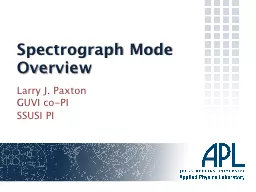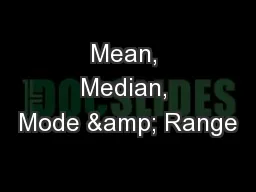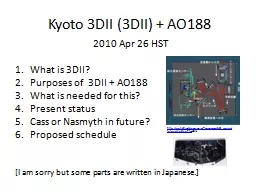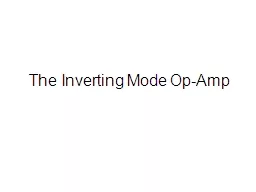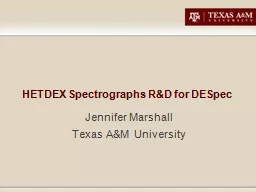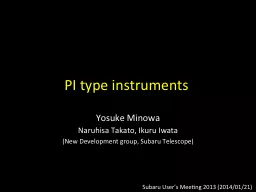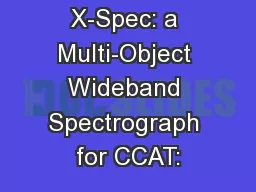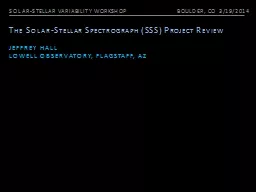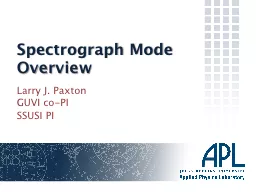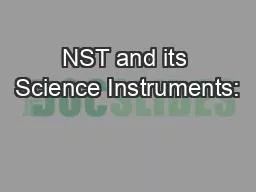PPT-Spectrograph Mode Overview
Author : olivia-moreira | Published Date : 2016-07-17
Larry J Paxton GUVI coPI SSUSI PI Why spectrograph mode Spectrograph mode returns the entire spectrum When SSUSI was designed the data rate was set as spare words
Presentation Embed Code
Download Presentation
Download Presentation The PPT/PDF document "Spectrograph Mode Overview" is the property of its rightful owner. Permission is granted to download and print the materials on this website for personal, non-commercial use only, and to display it on your personal computer provided you do not modify the materials and that you retain all copyright notices contained in the materials. By downloading content from our website, you accept the terms of this agreement.
Spectrograph Mode Overview: Transcript
Download Rules Of Document
"Spectrograph Mode Overview"The content belongs to its owner. You may download and print it for personal use, without modification, and keep all copyright notices. By downloading, you agree to these terms.
Related Documents

